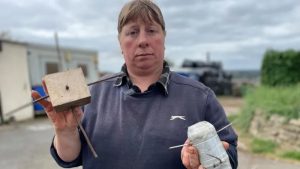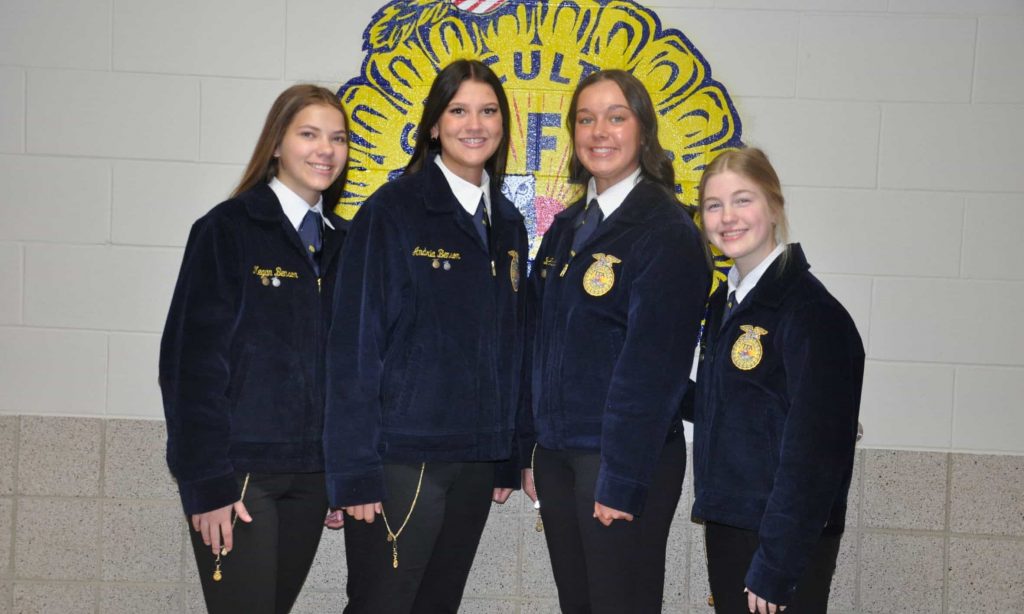
They have also had rancid milk, watery milk and salty milk among their samples during the milk flavor identification and evaluation portion of the contest.
Kate Anderson, FFA advisor at JCC and milk quality team coach, said the contest consists of a cheese identification portion, the milk flavor identification and evaluation part, product evaluation, the California Mastitis Test, a written exam and a problem-solving section.
During the cheese identification part of the contest, team members review 10 cheese samples and determine the type of cheese, where the cheese originated from, the maximum moisture level of the cheese, the minimum fat percentage, how it was ripened and whether or not it is salted. Types of cheese the members may have to identify include parmesan, mozzarella and Havarti, among others.
The milk identification and evaluation section of the contest has team members tasting and smelling 10 milk samples to determine any defects the milk has and rating the milk on a scale of one to 10. There are 10 possible defects the team has to be able to identify.
The product evaluation section of the contest requires team members to be able to distinguish between several dairy and non-dairy products and assign a fat content score to each sample.
In the California Mastitis Test portion of the contest, members use the CMT to test for mastitis in milk samples. The test is conducted by swirling a purple liquid in the milk sample. The more gel-like the purple liquid becomes, the farther along the mastitis is in the milk sample.
The problem-solving and exam test team members on different aspects of the milk production field, including milk marketing, milk quality and acceptability and milk value.
This year, members of the JCC milk quality team included Megan Benson, Aubree Eller, Andria Benson and Brittany Tufvesson. They placed 11th in statewide competition at the Minnesota State FFA Convention this past April, earning a prestigious gold ranking.




















